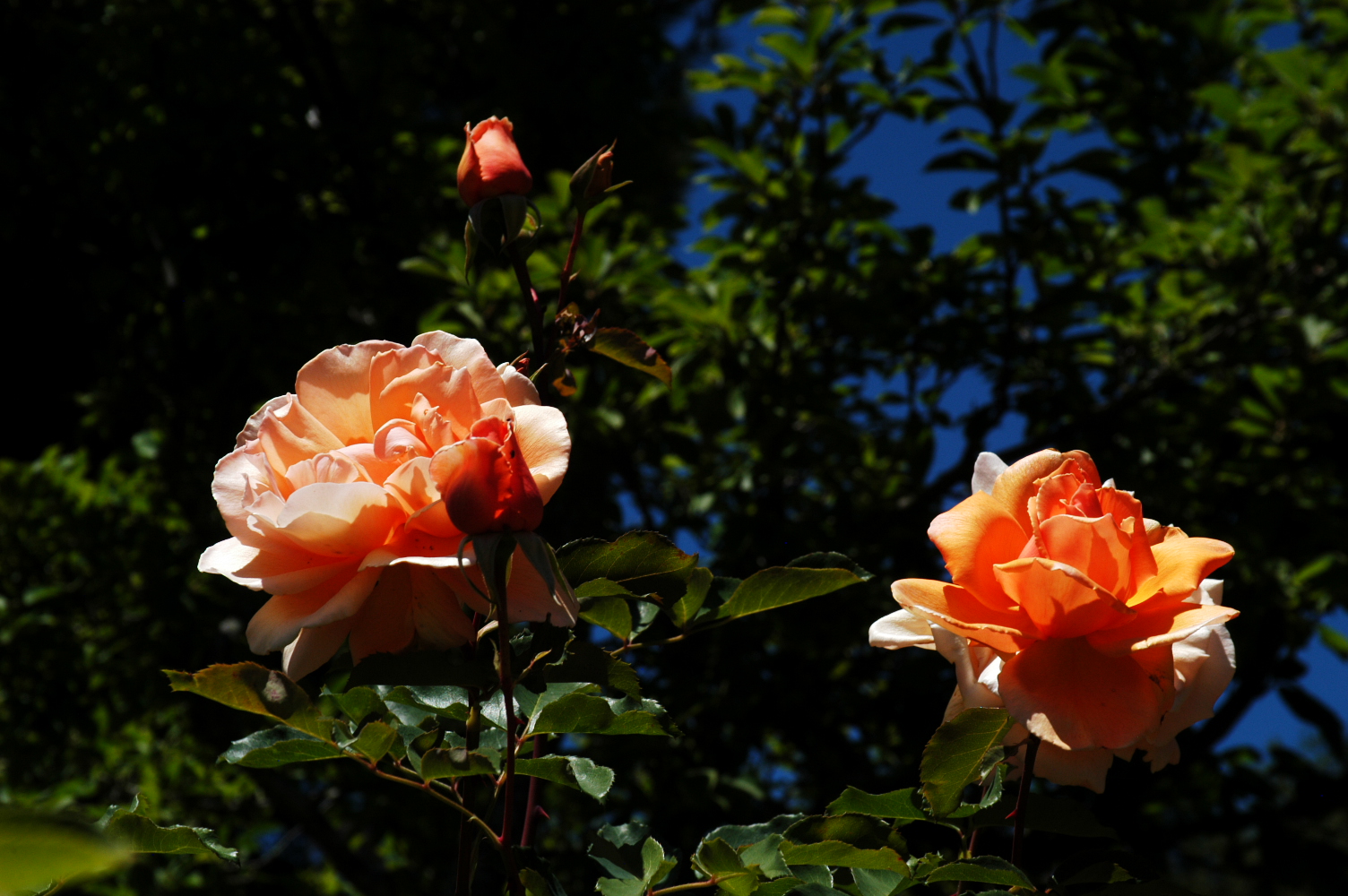The Pleasures and Treasures
"The Universe is full of magical things, patiently waiting for our wits to grow sharper." --Eden Phillipotts
Like most gardeners in the Northern Hemisphere this time of year, we have been BUSY. The short, but intense, heat waves we've experienced seem to be bringing things on earlier than our records indicate: many of the tomato plants are nearly tall enough to need their trellis (which we're still in the process of building), the orchard needs water while the cherry trees and strawberry plants are bursting with fruit, and the raspberries, gooseberries and black currants are not far behind. The espaliered pear and apple cordons are fully ready for their summer foliage trim: we follow a modified version of Louis Lorrette's method; and the corn and dry beans and more green beans, oh my! all need to be sown. And winter squash started, and the bed prepped for that...
It is a glorious kind of busy, where sketches and notes, made in the evening, are set down first thing the next morning and returned to at the end of the day with only more bullet points, tasks, observations to move from. So, I was thankful for the opportunity we made at Delphi last week: to slow down and spend time with the flowers during this busy time of year, mimicking the bee, if you will, chasing pollen and flitting about in order to nourish and sustain the other part of self that is as reliant on feeling the sun through an array of senses.
One of our two magnificent interns, Carra, a professional cut-flower grower at Everett Family Farm, shared a brief history of flowers as ornament and adornment with us, then brought us on a walk, meandering along the estate's paths, stopping, seeking, cutting, and contemplating our way through the diversity on site. I was released by allowing myself to feel this thought, which manifested, in my mind, as a short letter. I believe that our whole Team shares this intention, so took the liberty of signing the letter with my name, "and Crew":
“Dear vegetables, beloved fruits -
Please know that you can run amok in the summer’s sun in your own way, grow up and out, explore. We will return to you soon, with a lovely, fragrant offering from your fellow givers and sharers of life. We are all in this together, and we know you know that more than us.
With Love and Deep Thanks, ”












